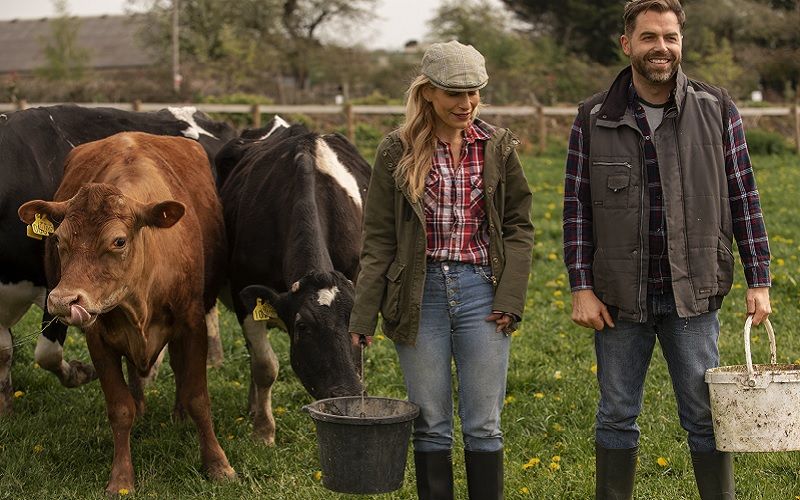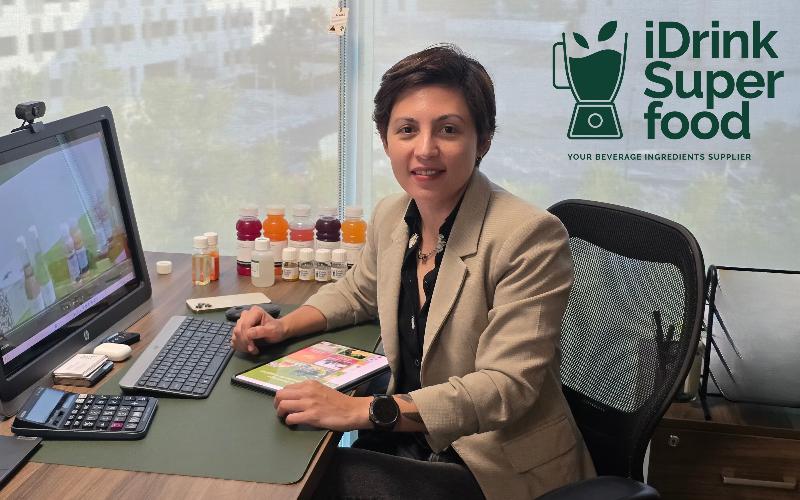The Impact of Excess Rain and Humidity on Bovine Livestock in Colombia
Sourse: dairynews.today
Colombia is currently experiencing intense rainfall, posing significant challenges to the bovine livestock industry, affecting both meat and dairy production.

Currently, Colombia is experiencing intense precipitation, increasing humidity levels, which poses significant challenges to the country's bovine livestock sector.
This climate change affects animal health, farm infrastructure, and industry productivity, ultimately impacting the well-being of cattle and the profitability of livestock farming. The combination of heat and humidity leads to thermal stress for cattle, reducing comfort and decreasing both milk and meat production. Humid conditions also promote the proliferation of pathogens, increasing the incidence of diseases like mastitis, dermatitis, and respiratory issues.
Experts highlight that excessive moisture creates an environment conducive to harmful microorganisms, compromising herd health. Moreover, heavy rains adversely affect livestock infrastructure; stables, corrals, and fences can suffer damage, raising maintenance costs. Waterlogged pastures make it difficult for cattle to access food and water, as flooding hinders animal mobility.
Soil erosion is another concerning consequence, as it reduces the quality and availability of essential grazing pastures. Additionally, organic residues carried by rain might contaminate water sources, affecting the sustainability of livestock activities. During periods of intense rain, milk and meat production often decline. Cattle reduce their forage intake owing to difficulties in moving through wet and slippery terrain.
Transporting animals and products to market becomes challenging, impacting commercialization and causing significant economic losses. Implementing sanitary monitoring programs to detect and address humidity-related diseases is advisable. Supplementing nutrition can also compensate for the reduction in pasture quality and availability.
This climate change affects animal health, farm infrastructure, and industry productivity, ultimately impacting the well-being of cattle and the profitability of livestock farming. The combination of heat and humidity leads to thermal stress for cattle, reducing comfort and decreasing both milk and meat production. Humid conditions also promote the proliferation of pathogens, increasing the incidence of diseases like mastitis, dermatitis, and respiratory issues.
Experts highlight that excessive moisture creates an environment conducive to harmful microorganisms, compromising herd health. Moreover, heavy rains adversely affect livestock infrastructure; stables, corrals, and fences can suffer damage, raising maintenance costs. Waterlogged pastures make it difficult for cattle to access food and water, as flooding hinders animal mobility.
Soil erosion is another concerning consequence, as it reduces the quality and availability of essential grazing pastures. Additionally, organic residues carried by rain might contaminate water sources, affecting the sustainability of livestock activities. During periods of intense rain, milk and meat production often decline. Cattle reduce their forage intake owing to difficulties in moving through wet and slippery terrain.
Transporting animals and products to market becomes challenging, impacting commercialization and causing significant economic losses. Implementing sanitary monitoring programs to detect and address humidity-related diseases is advisable. Supplementing nutrition can also compensate for the reduction in pasture quality and availability.












